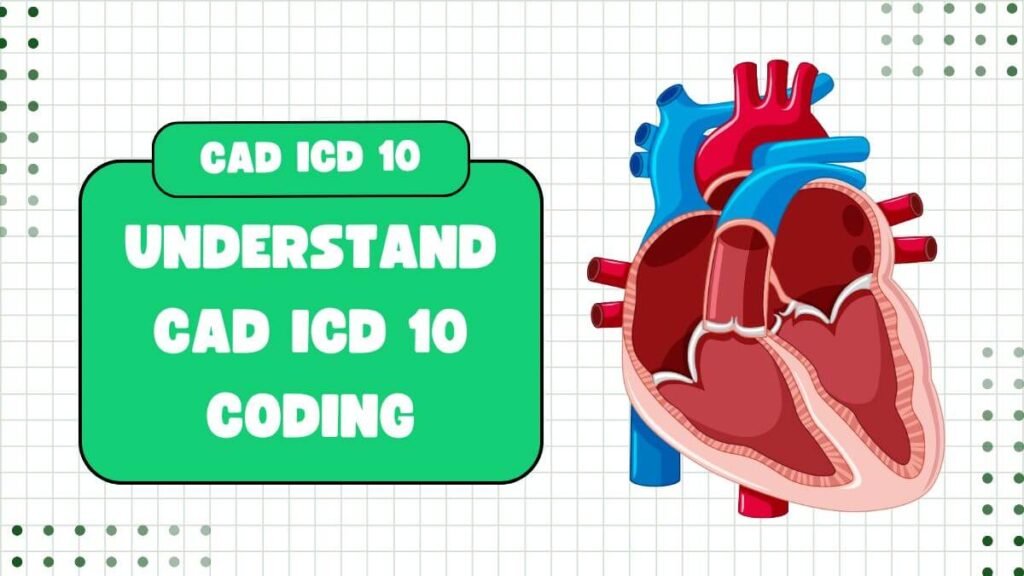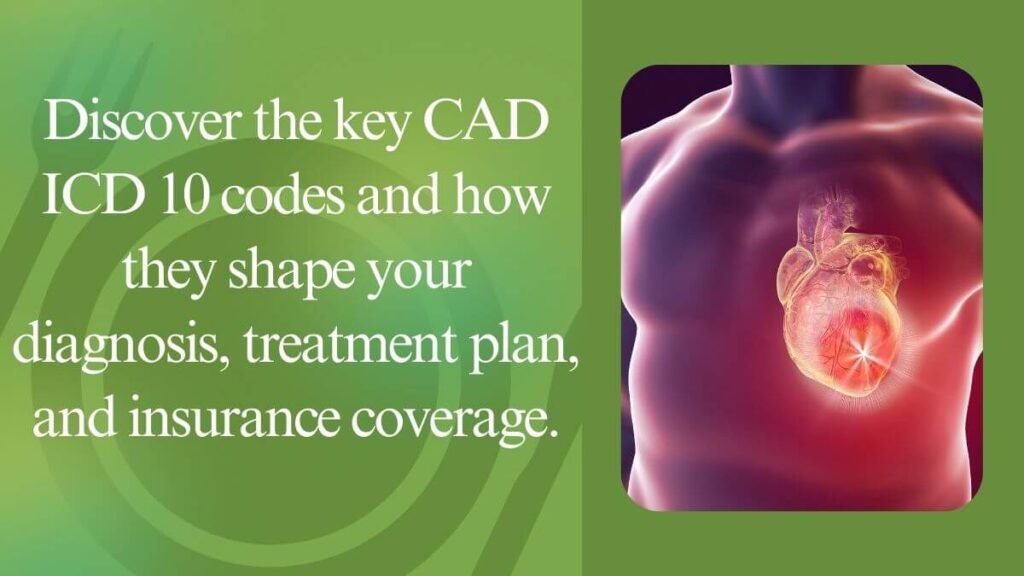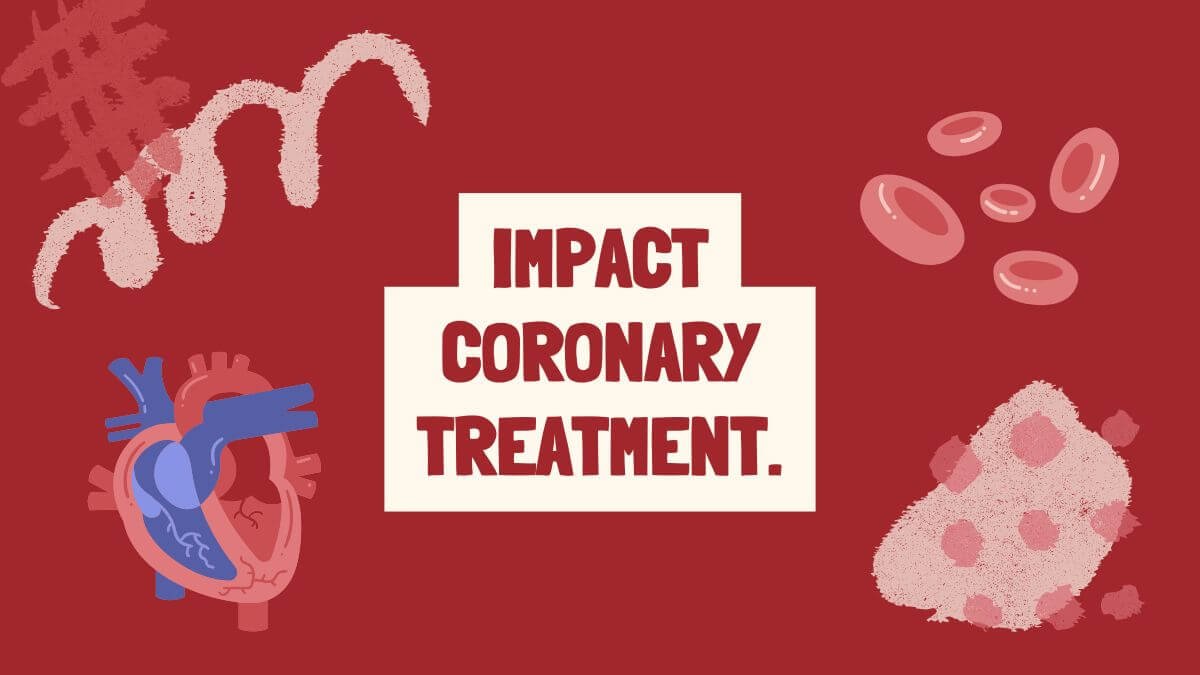Getting Started: CAD ICD 10
When I first saw the code “CAD ICD 10” on my father’s cardiology report, I paused. It was a jumble of letters and numbers I didn’t understand, but it felt important. That moment sparked my journey to decode what it meant — and more importantly, how it could shape the course of his care.
Discover our natural products store: SALE SUPRA
Discover the power of NOVOTENOL & CARDIO SHIELD
If you’re reading this, you’re probably in a similar place. Whether you’ve just been diagnosed with coronary artery disease or are trying to understand a loved one’s condition, you’re in the right place. In this article, I’ll explain how CAD ICD 10 codes work, why they matter, and what each one reveals about a person’s heart health.
We’ll walk through these codes together — in plain language — so you’ll leave here not just with knowledge, but with clarity and confidence.
What is the ICD-10 code for CAD?

The ICD-10 code for coronary artery disease without angina is I25.10, but different codes are used depending on symptoms and complications.
Understanding CAD and the ICD-10 System
Coronary Artery Disease (CAD) is a chronic condition that affects millions globally. It occurs when the coronary arteries that supply blood to the heart become narrowed or blocked due to plaque buildup. While the disease progresses over time, many people remain undiagnosed until symptoms become more serious — or until a diagnostic test catches it.
That’s where the ICD-10 system comes into play. Short for International Classification of Diseases, Tenth Revision, ICD-10 provides standardized codes to describe diseases, conditions, and symptoms. These codes allow for consistency in diagnosis, insurance processing, medical research, and treatment protocols.
The codes related to CAD fall within the I25 category, which refers to chronic ischemic heart diseases. Subcategories describe the presence (or absence) of angina, specify the type of angina, and note other complications. CAD ICD 10

Why Do CAD ICD 10 Codes Matter So Much?
You might wonder, “Isn’t this just medical paperwork?” I used to think the same. But over time, I learned these codes influence:
- Which tests your doctor orders
- What your insurance approves or denies
- Which medications you receive
- How quickly you get referred to a specialist
- What data is used in national health statistics and studies
They’re also crucial in risk stratification, especially in older adults or those with multiple comorbidities.
In other words, your CAD ICD 10 code is not just a label — it’s a clinical signal that guides decisions at every level of your care. CAD ICD 10
The Most Common CAD ICD 10 Codes and What They Mean
Here’s a comprehensive breakdown of the ICD-10 codes most commonly associated with CAD:
| ICD-10 Code | Description |
|---|---|
| I25.10 | Atherosclerotic heart disease without angina |
| I25.110 | With unstable angina |
| I25.111 | With angina at rest |
| I25.118 | With other forms of angina (e.g., exertional angina) |
| I25.119 | With unspecified angina |
Let’s look at these more closely.
I25.10 – CAD Without Angina
Used when there is evidence of atherosclerosis (plaque buildup) in the coronary arteries, but the patient isn’t experiencing chest pain. Many people, especially older adults, may have “silent ischemia,” meaning their heart isn’t getting enough blood, but they feel no symptoms. This code is often assigned after stress testing, echocardiograms, or coronary CT scans reveal narrowing arteries.
I25.110 – CAD With Unstable Angina
This is serious. It signals chest pain that comes on suddenly or worsens quickly. It’s a medical emergency that could precede a heart attack. Coding this correctly can mean the difference between urgent intervention and dangerous delay.
I25.111 – CAD With Angina at Rest
Also called Prinzmetal’s angina, this type isn’t triggered by exertion but occurs at rest, often at night. It’s linked to spasms in the coronary arteries and requires precise diagnosis and treatment.
I25.118 and I25.119 – CAD With Other or Unspecified Angina
These are used when symptoms don’t fit standard patterns. They might include chest tightness during moderate activity or pressure triggered by cold weather or stress. Doctors use these codes when additional investigation is needed or when symptoms don’t match textbook definitions.

How Doctors Use CAD ICD 10 Codes in Practice
Step-by-Step Process
- Clinical Evaluation: Symptoms such as chest discomfort, shortness of breath, fatigue.
- Diagnostic Testing: ECG, stress test, coronary angiography, echocardiogram.
- Interpretation: Identifying stenosis, ischemia, or previous infarcts.
- ICD Code Assignment: Based on clinical and imaging data.
- Treatment Plan: Tailored to the code and overall risk profile.
My Personal Story
My aunt, a non-smoker in her 60s with no classic symptoms, was shocked to discover she had CAD after a stress test. She didn’t feel chest pain — only fatigue and anxiety. Her code? I25.10, no angina. That code helped her receive preventive medication early, potentially avoiding a future cardiac event.
Impact on Insurance and Healthcare Access
CAD is expensive to manage, and insurers rely heavily on ICD-10 codes to determine what they will — and won’t — cover. Here’s how the right code can change your treatment timeline:
- I25.110 may lead to immediate approval for coronary angiography.
- I25.111 could justify calcium channel blockers or nitrates.
- I25.10 might prompt conservative management and lifestyle changes.
- I25.119 may require additional tests to clarify the condition.
Pro tip: Always ask your provider, “Can you explain the ICD-10 code you’re using and why it applies to my case?” That question alone could save you time, money, and miscommunication.

Signs You Might Have CAD (Even Without Angina)
CAD doesn’t always announce itself with sharp chest pain. Watch for subtler signs, such as:
- Shortness of breath on exertion
- Unexplained fatigue
- Nausea or sweating without reason
- Pain in the neck, jaw, or left arm
- Lightheadedness, especially after activity
These symptoms may still fall under a CAD ICD 10 code, even if you’re not experiencing textbook angina.
What to Do After Receiving a CAD Diagnosis
A diagnosis with any of the I25 codes doesn’t mean life is over — it means life needs a more intentional strategy.
Recommended Next Steps:
- Request a detailed explanation of your code
- Begin heart-healthy lifestyle changes
- Ask for a referral to a cardiologist (if not already in care)
- Understand your medication options
- Review your insurance policy for coverage specifics
The Final Takeaway
A diagnosis of coronary artery disease is serious, but not hopeless. When paired with the correct ICD-10 code, it becomes a roadmap — not just a record. It tells your doctors how to help you. It signals urgency to your insurer. It gives you insight into your condition and empowers you to act.
Understanding CAD ICD 10 coding doesn’t require a medical degree. It just requires curiosity, courage, and a commitment to your own health. From silent ischemia to unstable angina, each code tells a different story — and it’s a story worth knowing.
Thank you for reading this complete guide on CAD ICD 10. I hope it brought clarity and confidence to a subject that once felt like just a string of numbers. Whether you’re navigating this for yourself or for someone you care about, I’m glad you found your way here.
FAQ – Frequently Asked Questions
What is the ICD-10 code for CAD without symptoms?
I25.10 is the code used when coronary artery disease is present without angina symptoms.
Does the type of angina change the ICD-10 code?
Yes. Stable, unstable, and rest angina each have different codes within the I25.11x series.
How does the ICD-10 code affect my treatment?
It can determine which medications or procedures your insurance will approve and how urgent your care will be.
Can the same person have more than one CAD code?
Yes. Over time, your code may change as your condition evolves or as symptoms emerge.
Are these codes used outside the U.S.?
Yes. The ICD system is standardized worldwide and used in over 100 countries.
Can I see my CAD ICD 10 code?
Yes. It’s usually listed on your after-visit summary, medical record, or billing document.

I’m an economist with 15 years of experience in strategic planning and a lifelong passion for wellness and natural living. As a self-learner, I created Herbalife Balance to share insights on healthy eating, mindful habits, and an active lifestyle. Tennis enthusiast and nature lover, I believe in balance as a path to well-being. Through this blog, I help others live healthier, more conscious lives.









